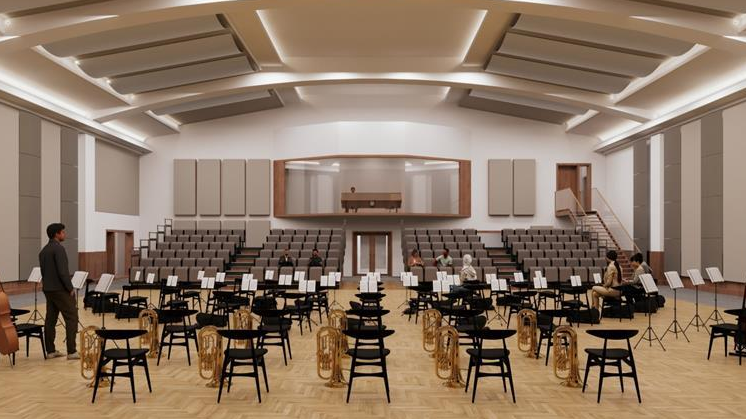"Most of my clients have a story to tell - I try to mirror that in the instrument somehow": Synth designer Love Hultén is making some of the weirdest instruments you've ever seen
Sewing machines, ferrofluid oscilloscopes and mechanical crabs - nothing is off-limits in Love Hultén's wildly imaginative world of instrument design, but how does he do it?

SYNTH WEEK 2024: The work of Sweden’s Love Hultén combines analogue synths, mid-century mechanical items, a leaf from Dieter Rams’s book of functional design and a hefty dose of whimsy to craft beautifully strange one-off instruments designed to inspire as much with their interfaces as with their sonics.
Whether its The Singer; the combination of two Moog Mother-32s with a Strymon Magneto, a musical keyboard and three toy Singer sewing machines whose clacking provide a charming percussive accompaniment; Pink Lab, a Pittsburgh Modular Taiga, Hologram Microcosm and Arturia Keystep outfitted with a custom mechanical disk sequencer and finished in bright pink, or even Sebastian; the mechanical crab whose pincers and legs move with the press of the keys of a customised Korg Volca FM2 — to name but three of the nearly 100 inspiring and out-there projects currently in his portfolio — it’s safe to say that Love Hultén’s creative mind is free of the shackles of plastic faceplates and faux-wooden end panels.
A recent collaboration with synth manufacturer Analog Sweden and Albert Nyström led to CRUM2, a four-part desktop drum machine building on Nyström’s original CRUM and will see Hultén’s designs hit scale production for the first time. We figured you might be as fascinated by his work as we are, so we asked him a few questions…
Hi Love! Give me a potted history of your career… where are you from, and how did you get started?
“As a young boy I used to tear electronics apart trying to understand their insides. I guess I've always had a thing for that. During my bachelor years at Design HDK-Valand in 2010 I stumbled upon wood and fell in love. I started to combine woodworking with electronics the very first year and I just kept making stuff, game consoles and other audiovisual contraptions that combine traditional craftsmanship with modern technology.
“I was raised by arcade games and ended up doing a tribute cabinet piece for my bachelor exam in 2014. That piece went pretty viral and I started taking my first orders. The industry is pretty monotonous and I guess I offered something different. I had no competition and that put my pieces in the spotlight and gave me a lot of creative freedom.
“I did arcade cabinets for a number of years but grew tired of repeating myself eventually and needed something new. I was playing in a band at the time and had a newfound passion for analog synths, so there it was. I didn't expect it to work from a selling point at all, I just wanted to have some fun. I've been doing commissioned synths for over four years now so I guess I'm doing something right.”
Get the MusicRadar Newsletter
Want all the hottest music and gear news, reviews, deals, features and more, direct to your inbox? Sign up here.
Tell us about your conceptual process in choosing the constituent parts for an instrument.
“That depends. Most of my pieces are commissioned by clients. It's nice to have something solid to kickstart my mind and I tend to be a lot more creative given some sort of base concept. Clients usually approach me with basics; this could be functional needs but it could just as well be a very visual idea. They might have specific hardware demands, and sometimes I just work my way from there, using the synth as a design trigger. I hear them out and make a few rough design concept drawings based on their story, and then we circle back and forth until we have something. Most clients have trust in me from the get-go and that leaves me with a lot of creative freedom.
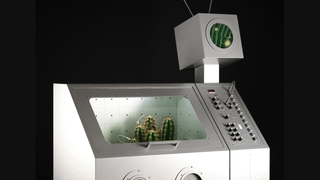
Love Hultén's latest experiment turns a cactus garden into a generative synthesizer
“Then we have my more personal explorations, my own desires. These designs are usually based on something I've come across recently; an interesting object perhaps – anything that sparks my imagination. I then scour my mind for a function, a purpose that could connect with my visual idea in an interesting way. When I find a satisfactory mix between usability and aesthetics, it's a go.
“I play a lot with values and standards, suggesting a different perspective on how to relate and interact with objects. The smashed-up references in my work have a triggering effect, I think. Nostalgia is involved to a certain extent, yes, but it's not looking backwards. It's taking steps in different directions simultaneously by using fragments from both the past and today, creating unique and balanced objects.
“I've always been into retrofuturism and sci-fi from the ‘50s and ‘60s, that's pretty obvious. My work is pretty much Dieter Rams perspectives on design combined with an attraction for objects of mystique. I just want to give my personal view on the world and present an alternative.”
Why choose CRUM2 as your first scaled up project? Has it whetted your appetite for further collaborative projects?
“I've known Fredrik from Analog Sweden for some years and we've been trying to do something for a while. When he approached me with the CRUM2 concept I knew it was going to be fun. I liked the hardware concept a lot and tried not to get myself involved function-wise. I really wanted to focus on the visual approach here. A few compromises and dialogues I’m not too comfortable with, but it was fun overall and the machine looks and sounds great! I'm definitely open to similar future collaborations.”
How does your approach to aesthetic and build quality satisfy and elevate the aims of your work? Is making something for its inherent desirability important to you?
“I play in a few bands and I do write music, that's how I got into making instruments in the first place. It's a very fundamental design perspective I guess, being one with the surroundings. Some musicians get inspiration from pure functionality, while other musicians need atmosphere in order to create. The latter are the ones that take a liking in my work.
My work may spark with colours and joy, but I'm not a very colourful guy
“Most of my pieces function as standalone objects rather than tools in a chain, I suppose. Some even provide a dedicated, shrine-like source of creative inspiration. But dialogue is a very important part of the general process. Most of my clients have a story to tell and I'll try to mirror that visually in the instrument somehow. Some clients even share music for additional inspiration and that really helps setting the mood. My work may spark with colours and joy, but I'm not a very colourful guy, and I always tend to add a bit of mystique and melancholy to each piece.”
How interested are you in the challenge of distilling your aesthetic and material sensibilities into a project suited to manufacturing on a greater scale?
“I really enjoy being small-scale, being far away from the world of mass production - it gives me my creative freedom. I never need to compromise and adapt in order to please the larger crowd. But with that said, it can still be interesting to try the deeper waters every now and then. You'd have to accept the compromises that come with the industrial manufacturing process, of course, but sometimes those kinds of restrictions can lead to great designs.”
From a practical perspective, how do you go about your design and manufacturing process?
“I’m a woodworker at heart, but I do like to combine different kinds of materials and new found skill sets. Anyone can learn material skills by working hard enough. The design and visual aspect of it all is harder, that's just in you or not, I guess. I’m lucky.”
What have you found useful in being able to make things happen from a business perspective? R-Kaid-R appearing on Jimmy Fallon’s Tonight Show was cool — how did that come about?
“The Jimmy Fallon show was fun, but he never mentioned me by name, so it didn't really do anything for me. It's been many years and a lot of struggle, working long shifts seven days a week, gradually moving upwards. It's way better today though, I just have to learn how to say no sometimes. I’m a one-man show and these things take time to make. I’ve been thinking about expanding, maybe hiring someone to help out a bit every now and then.. but it seems I’m too much of a control freak.”
Finally, what’s next?
“Well, you never know, and that's the beauty of my work. I've been doing this for over 12 years now, and I'm not bored yet. Combining woodwork and electronics is like driving an endless road with exciting exits everywhere. If I'm ever sick and tired in a current field or feel stuck in repetition, I can always take another exit. I don't want to expand, that's for sure. I enjoy my small-scale business and I like being in total control.”


Chris has been making music since 1997 when the box for Mixman Studio Pro called out to him at HMV — the perfect time to watch VSTs get introduced to the world and the computer music revolution gain speed. His experience of producing and performing in the worlds of hip-hop, turntablism, and electronic music saw him featured in legendary publications Hip Hop Connection and RWD, tutoring and managing organisations dedicated to introducing music-making in the community, creating, writing and editing for leading DJ and music production websites during the digital boom, and he now runs howtomakemusic.co from his studio.

“For those who think they know Joel’s story, as well as those who are not as familiar, I believe this two-part film is both a revelation and a surprise”: New Billy Joel doc is on the way
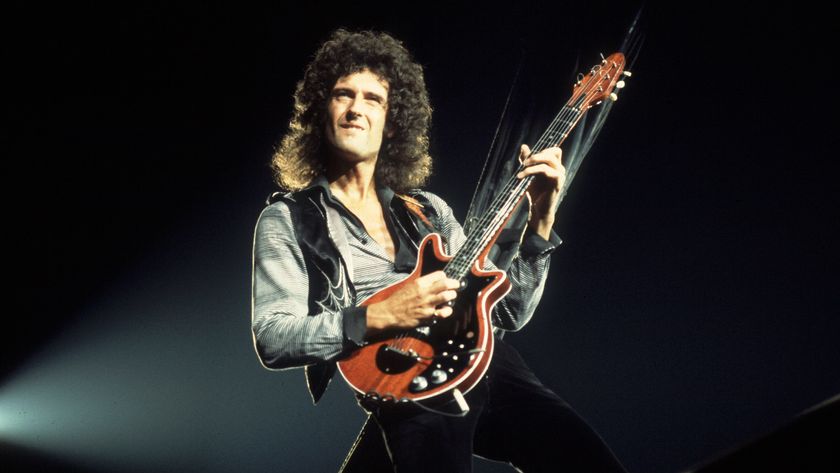
"It's a little over-heroic. But it's fun. It's colourful. And there is also a little undercurrent of something deeper in the lyrics”: Brian May reveals the inspiration for one of Queen’s greatest hits




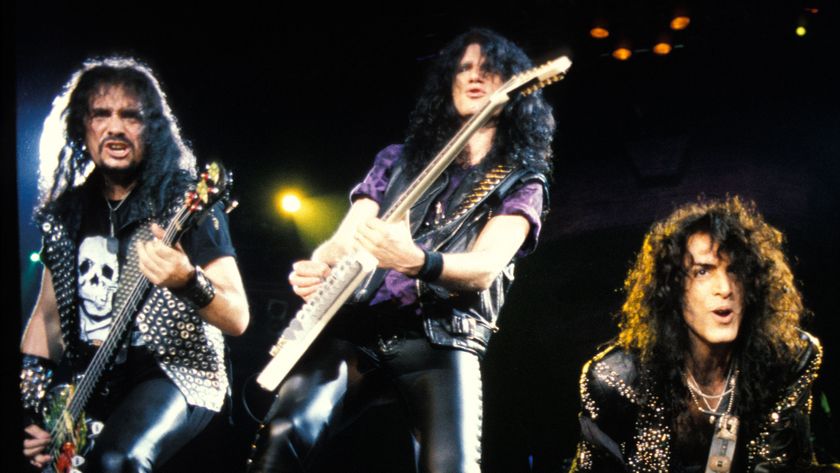
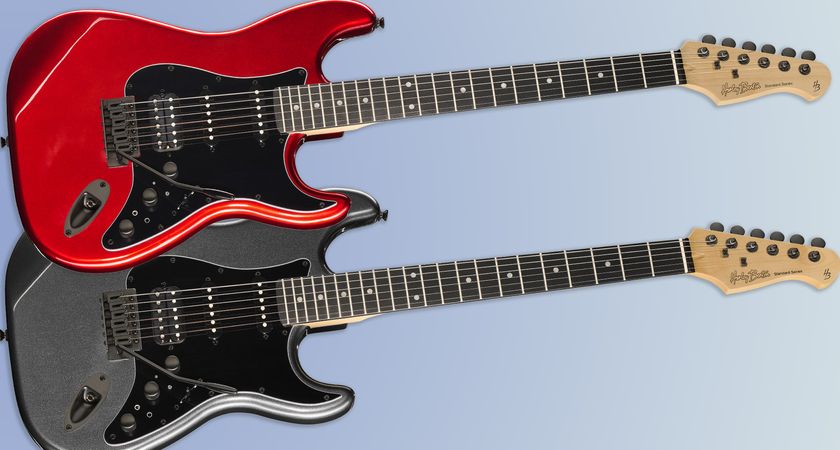
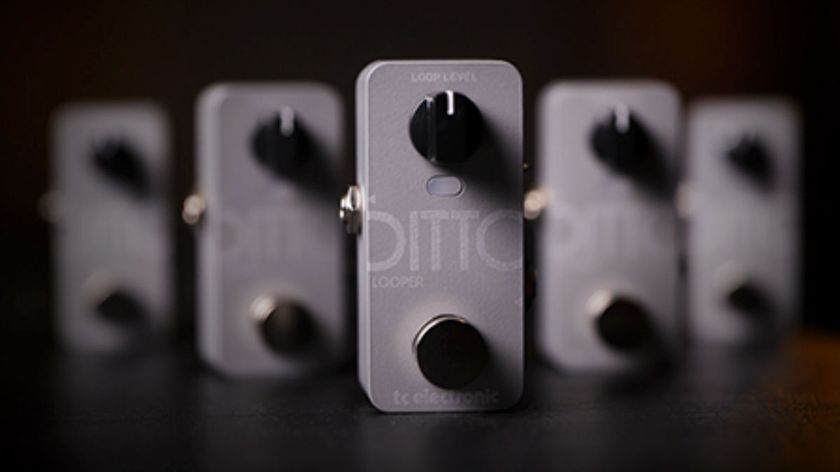
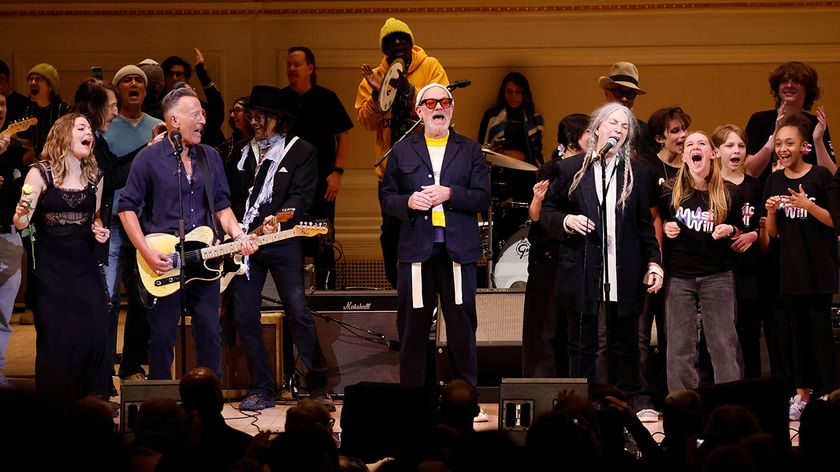
![Jackson American Series Soloist SL2 DLX: The latest US-made S-style from the high-performance guitar brand offers the Soloist with a Floyd Rose or Hipshot hardtail bridge, and [from left] in Porsche Grey, Black, Lemon Ice and Snow White finishes, with colour-matched headstocks.](https://cdn.mos.cms.futurecdn.net/s3oxYdFPnKaybptS4DKzdG-840-80.jpg)

